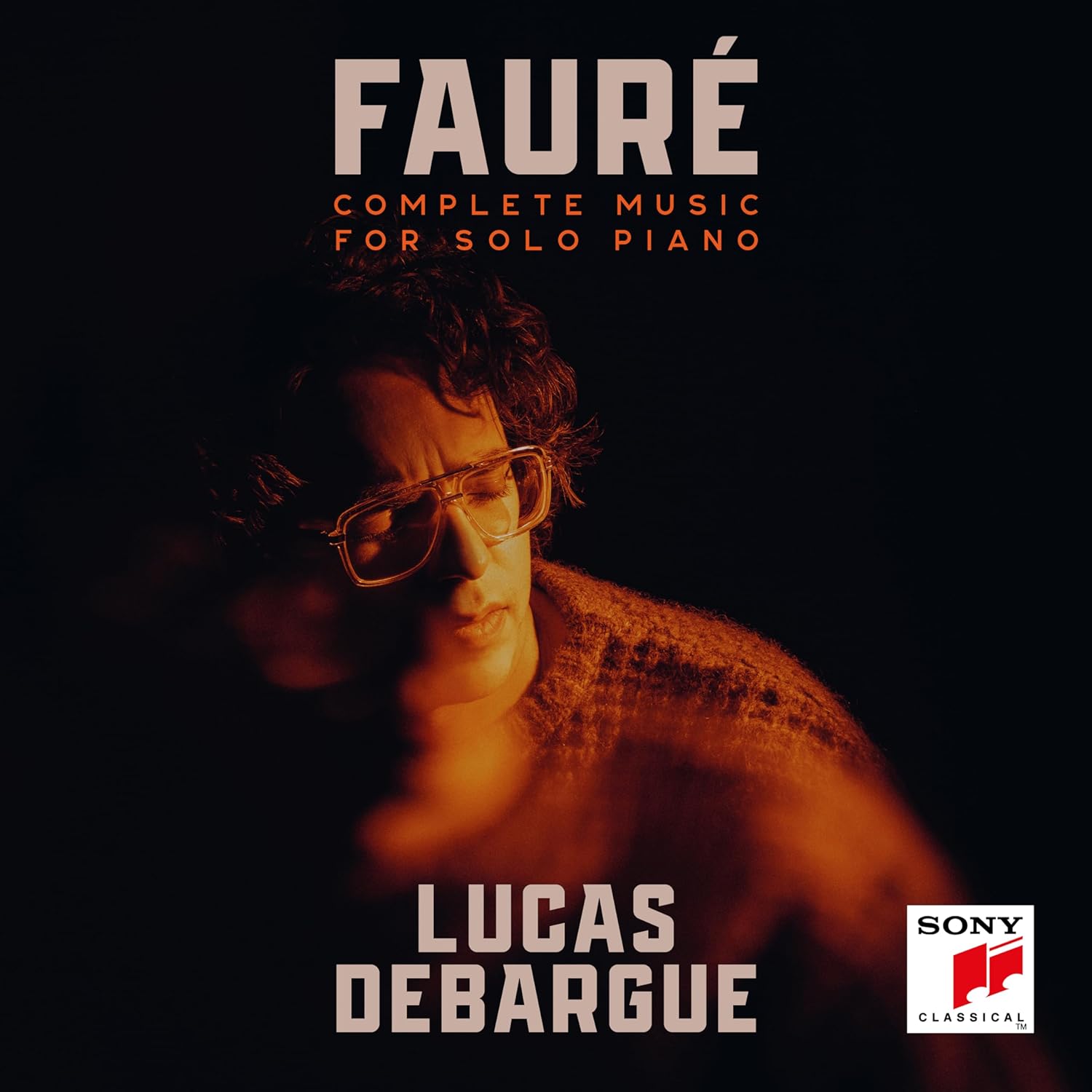 Fauré: Complete Music for Solo Piano Lucas Debargue (Sony)
Fauré: Complete Music for Solo Piano Lucas Debargue (Sony)
In lots of ways I was ready to like this boxset of the complete Fauré music for solo piano, having long seen it as an extraordinary strand of the piano’s literature. But also perhaps I am also more likely to be critical, as “I know what I like” – such as Marc-André Hamelin’s brilliant Hyperion disc from 2023. Lucas Debargue’s detailed sleeve note also carries an air of ambivalence. He had rejected Fauré from his repertoire early on, finding the music “sleek, mechanical and occasionally opaque.” But during lockdown he reassessed, starting with the Op.103 preludes, whose “profound originality” and “economy of means” struck him forcefully. He then worked backwards from this late music to make sense of the earlier works from the mid-19th century, and presents the music in chronological order over four discs.
So, we start with the Op.103 preludes of 1909-10, which are also my favourites. Elusive, strange and timeless, they are the work of a composer writing only for himself. The tone is generally quiet, although No.2 has a skittishness that livens the set. There is a songlike quality elsewhere that reminds us of Fauré’s vocal output, but this is non-referential music: it is the classical ideal of “absolute music.” But neither is it devoid of careful construction: no.6, a piece that has intrigued and delighted me for years, is as strict a canon as any that Bach wrote, but with a fluidity that belies its technical mastery. Debargue plays it fast and no-nonsense, but with a judicious rubato. I would have liked to have heard more of the inner line, which is what makes the piece for me. I could write the whole review about the op.103 alone. But what else is there to hear from Faure’s 60-year career? The early pieces, like the first Impromptu and the Ballade Op.19, are very Chopinesque, virtuosic (making what Debargue calls “digital demands”) and harmonically refined. Debargue revels in the athleticism of these pieces, but of course Fauré also has a wonderful melodic gift, and that is given full rein in pieces like the Op.33 Nocturnes.
Fauré returned often to the Impromptu, in which pieces Debargue finds suitable spontaneity and liveliness, and to writing Nocturnes, which appeared as separate publications rather than sets. These owe an obvious debt to Chopin, but also to the salon music of the later 19th century. Debargue is always sensitive, but also has strong opinions about each piece, which he explains in detailed notes, combining technical analysis with a personal response.
As time goes on Liszt becomes more of a reference than Chopin, such as in the second Barcarolle, Op.41, with its stop-start improvisation. But as the 20th century went on, and Fauré’s deafness got worse, his music became more peculiar, more individual, and it starts to be impossible to describe in terms of other composers. The Barcarolle No.7 is restless and tentative, Debargue offering no easy consolation, and neither does he in the desolate Op.104 Nocturne. The late music really is extraordinary, and Debargue gets fully immersed. He plays on an Opus 102 piano by Stephen Paulello, about which Debargue waxes lyrical: it sounds good but I couldn’t detect the “unique” qualities he ascribes. But any piano that inspires a pianist this much must be doing something right. - Bernard Hughes
Beethoven: Triple Conc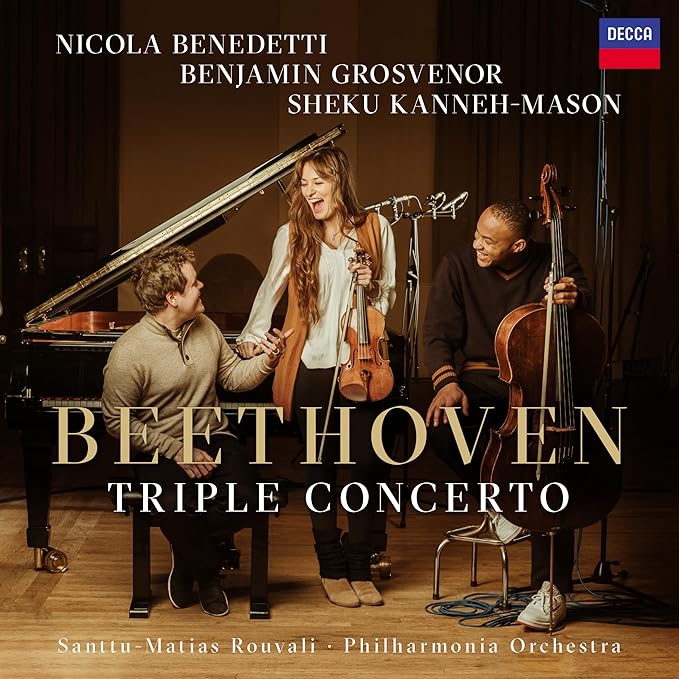 erto Nicola Benedetti (violin), Benjamin Grosvenor (piano), Sheku Kanneh-Mason (cello), Philharmonia/Santtu Matias Rouvali (Decca)
erto Nicola Benedetti (violin), Benjamin Grosvenor (piano), Sheku Kanneh-Mason (cello), Philharmonia/Santtu Matias Rouvali (Decca)
Beethoven’s Triple Concerto doesn’t get enough respect, and too many recordings feature starry soloists trying to conceal the fact that they might never have played together before or don’t actually get along. Pianist Sviatoslav Richter hated the version he made with David Oistrakh and Rostropovich under Herbert von Karajan (“it’s a dreadful recording and I disown it utterly”), though the resulting 1969 release is the LP that many of us grew up with. One reason to love this new Decca disc is that the soloists do sound as if they’re genuinely enjoying themselves. Nicola Benedetti, Ben Grosvenor and Sheku Kanneh-Mason were all BBC Young Musician of the Year finalists or winners whose solo careers have included plenty of chamber music, so you’d expect their meeting to produce sparks. Listening to Kanneh-Mason and Benedetti sparring amicably after the concerto’s opening tutti is delicious, Grosvenor joining the conversation as if he’s in accord with the points being made. Despite the bonhomie, there’s nothing slick about this reading, Santtu Matias-Rouvali ensuring that we hear a lot of detail in the accompaniments, with telling contributions from winds and horns. The brief central “Largo” is played as chamber music, with a melting cello solo. And yes, the closing Polonaise does go on a bit, but that’s Beethoven’s fault. It’s played here at a nicely flowing tempo, and the 2/4 section near the close zips along. Superb, and brilliantly engineered too.
The couplings were completely new to me, a selection of Beethoven folk song arrangements based on Scottish, Welsh and Irish tunes, arranged for piano trio with Gerald Finley on vocal duties. A couple are throwaway, but the best are gems: “Faithfu’ Johnnie” and “When Far from the Home” among my favourites. Finley is on good form, his crystalline diction enough to make me forgive Decca for not including texts. As a bonus, there’s a beguiling piano trio arrangement of “Danny Boy” by Fritz and Hugo Kreisler. A lovely disc.
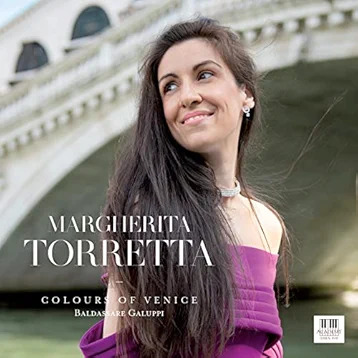 Colours of Venice: Six Keyboard Sonatas by Baldassare Galuppi Margherita Torreta (piano) (Academy Classical)
Colours of Venice: Six Keyboard Sonatas by Baldassare Galuppi Margherita Torreta (piano) (Academy Classical)
Margherita Torreta’s sparky collection of Scarlatti sonatas should be in everyone’s collection. Here she tackles music by the splendidly named 18th century Venetian composer Badassare Galuppi (1706-1785). He’s a fascinating peripheral figure who enjoyed a brief spell of success in London producing and composing operas, though the bulk of his career was spent in his beloved Venice. There’s even a Galuppi-inspired poem by Robert Browning which neatly encapsulates music’s ability to stir and discombobulate, the success of which prompted a minor revival of interest in the composer’s work. Galuppi was incredibly prolific, writing 106 operas alongside masses of sacred and instrumental music. Two sets of six piano sonatas were published in London in the 1750s and many more ended up in libraries and private collections after Galuppi’s death, waiting to be rediscovered in the 20th century. Some are pithy single movements, whilst others follow a three-part classical pattern.
Torretta gives us a selection of six, revelling in their quirkiness. At times, Galuppi looks in different directions within the same sonata: the F minor Illy 9’s forward-looking “Andante spiritoso” followed by a sharp-edged “Allegretto”. The F major sonata Illy 12 begins with a Mozartian andantino before changing gear with a pair of baroque dances. In a recent interview, Torretta describes moving away from Chopin and Liszt and finding more interest in music’s smaller details, exploring repertoire which requires “extreme control and awareness of every single finger” rather than sheer brawn. You sense that here: Galuppi’s left hand writing may be spare but it requires absolute precision if it’s not to sound stale. Try the opening of the B flat major sonata Illy 32, the bass line reduced to a whisper when the first theme is repeated. Torretta has an instinctive feel for these pieces, knowing exactly what needs emphasising and fully exploiting the colours available on her modern Steinway. A hugely enjoyable collection, superbly performed and well-engineered.
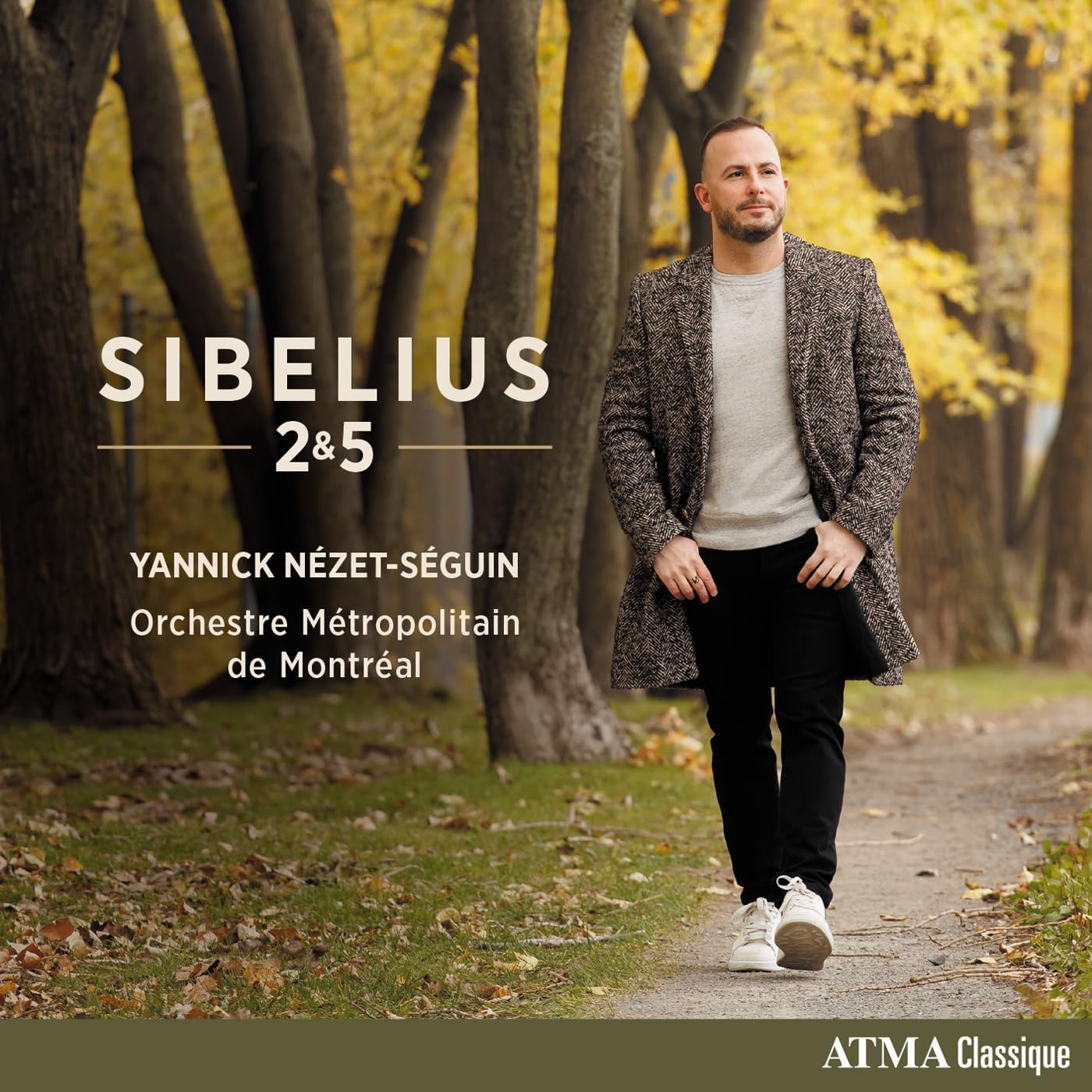 Sibelius: Symphonies 2 and 5 Orchestre Métropolitain/Yannick Nézet-Séguin (Atma Classique)
Sibelius: Symphonies 2 and 5 Orchestre Métropolitain/Yannick Nézet-Séguin (Atma Classique)
More Sibelius has to be a good thing, and coupling his two most popular symphonies illustrates their differences as much as their similarities. Symphony 2’s well-upholstered big tunes can distract from how modern much of the work sounds, the first movement’s disparate fragments slowly coalescing as the music develops, the rising three note pattern heard in at the outset recurring in the scherzo and finale. One oddity is the very opening, the string phrase starting in the ‘wrong’ half of the bar, something which happens again in the terser Symphony No. 3. I’ve not heard the other releases in Yannick Nézet-Séguin’s ongoing Sibelius cycle, but this volume suggests that they’ll be decent. He secures excellent playing from Montreal’s Orchestre Métropolitain, strings and brass full of weight in the first movement’s ecstatic, impressionistic climax. Sibelius’s baggy slow movement doesn’t drag, and the scherzo and finale are well paced with some magnificent trumpet playing in the final minutes.
This version of Symphony No. 5 also hits the mark, Nézet-Séguin paying attention to Sibelius’s string writing; the endless tremolandi in the first movement sound springy and alert, not mushy. And, though the brass rightly dominate the scherzo section’s final bars, you can still hear the violins chattering over the top. Sustained wind and horn chords in the slow movement are beautifully coloured and there’s an exciting, propulsive finale with a genuinely thrilling resolution back into E flat major before the closing hammer blows.
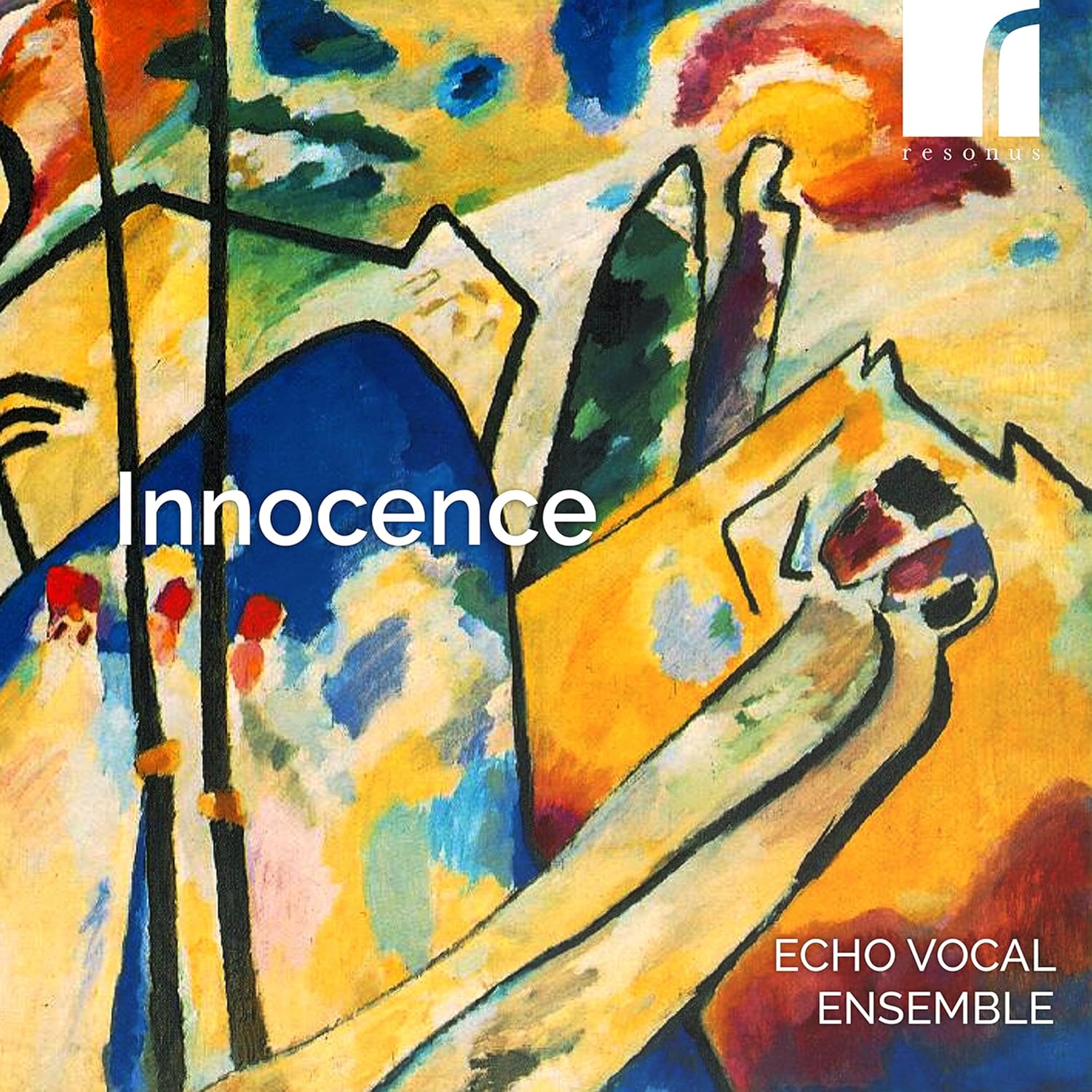 Innocence Echo Vocal Ensemble/Sarah Latto (Resonus)
Innocence Echo Vocal Ensemble/Sarah Latto (Resonus)
If variety is the spice of life, then Echo Vocal Ensemble’s Innocence is one of the spiciest choral albums I’ve heard for a while. Eclectically programmed, effectively sequenced and very well sung, this is best heard straight through, “old style”. Echo are a young choir, formed by the alumni of the Genesis Sixteen professional development programme run by The Sixteen, and are led by the innovative conductor Sarah Latto. This album has her fingerprints all over it, from the wide-ranging repertoire (from Hildegard to Shivani Rattan (b.1998)) to the collaborative approach of two group improvisations on pop songs – the dreamy, layered take on the Beatles’ “I’m Only Sleeping” is haunting.
There is plenty of brilliant orthodox singing of music all centred around different ideas of innocence. Jean Mouton’s “Nesciens Mater” of 1518, a complex canon whose compositional intricacy belies a surface childlike simplicity. There is a stripped-back, folky flavour to Hilary Cronin’s solo performance of Michael Head’s “The Singer” – it is exquisite. Purcell’s “Hush, no more” has impeccable ensemble, and Howard Skempton’s “He wishes for the cloths of heaven” has that mixture of familiarity and “slightly-off” strangeness that is his trademark.
But it’s the fast stuff that really grabbed me. Rattan’s “Patake!” is a Diwali chant full of musical fireworks to suit the festival. Ravel’s Trois Chansons are crisply delivered and Meredith Monk’s “Panda Chant II” has an elemental and youthful energy that builds and builds. I’d been looking forward to this album since it was announced and it hasn’t disappointed. As an exemplar of what interesting things groups of younger singers are doing at the moment it can’t be bettered, and gives a frisson of encouragement that is rare in today’s difficult artistic climate. - Bernard Hughes
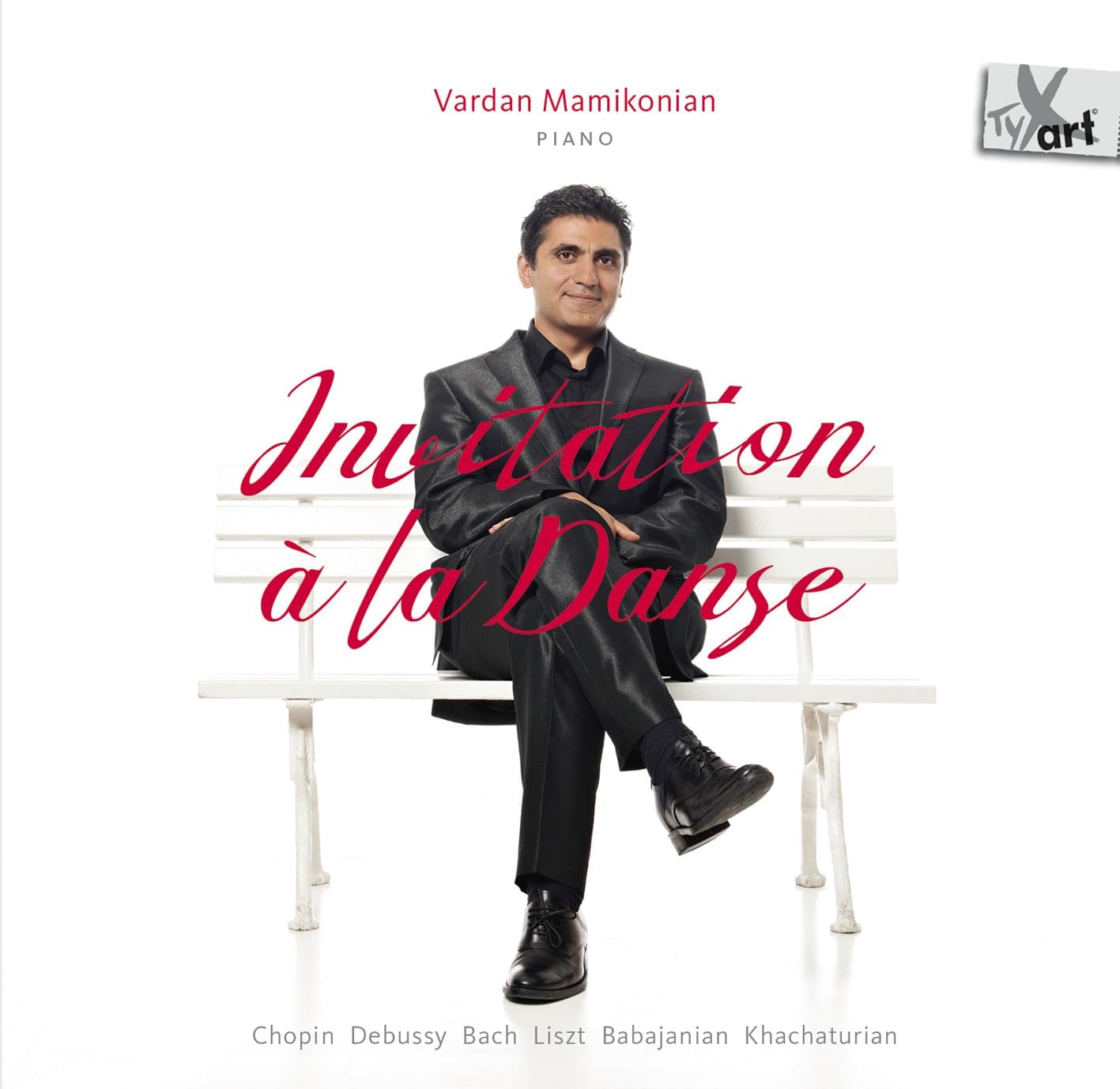 Invitation à la Danse – music by Chopin, Debussy, Bach/Busoni, Liszt, Babajanian and Khachaturian Vardan Mamikonian (piano) (TYXArt)
Invitation à la Danse – music by Chopin, Debussy, Bach/Busoni, Liszt, Babajanian and Khachaturian Vardan Mamikonian (piano) (TYXArt)
Irony perhaps? Yes, this is an invitation to the dance, but it comes from a person whose vocation as a virtuoso pianist means that a substantial proportion of waking hours are unavoidably spent...sitting down. Yerevan-born, Paris-based pianist Vardan Mamikonian (1970) certainly has some lineage: he was a pupil in Moscow of Valery Kastelsky, one Heinrich Neuhaus’s last protégés, and later studied with Lazar Berman in Italy. Knowing that, it is unsurprising that this is above all an album of powerful and virtuosic piano playing, starting with the Bach/Busoni D Minor Chaconne played in the grandly rhetorical manner. As the pianist comments in the sleeve note, “dance has always been a source of entertainment and joy, but it can also represent more sombre occasions, with pomp and grandeur.” Indeed.
Busoni stays in the mind. As the programme evolves, Mamikonian’s recital gives a demonstration of one of his “12 Commandments for Pianists”: “Take it for granted from the beginning that everything is possible on the piano, even when it seems impossible to you, or really is so.” A fine example of this kind of superhuman facility is Liszt’s Rhapsodie Espagnole S. 254 which lacks for nothing in flashiness and fireworks. On the other hand, I found the constant rubato in his Chopin “Andante Spianato et Grande Polonaise Brillante” mannered and difficult to get used to. In his sleeve note, Mamikonian writes about “lightness, joy and happiness." And that side of his playing can be found at its most persuasive in a short rarity, “Vagharshapat Dance” by Arno Babajanian (1921-1983), a composer with a strong connection to Armenian folklore. Mamikonian plays it far faster than in the composer’s recorded version, and the piece benefits from his ‘sportif’ attitude. The recital ends with Khachaturian’s “Sabre Dance” from the ballet Gayaneh, mostly memorable for the brief but powerful pounding which Mamikonian gives to the case of the piano with his hands. Dancers, you have been warned. - Sebastian Scotney

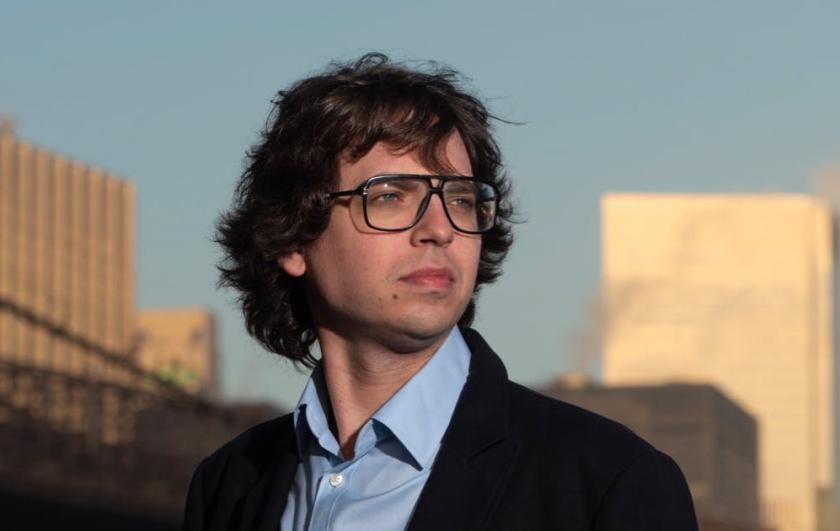












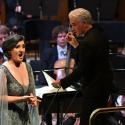
Add comment